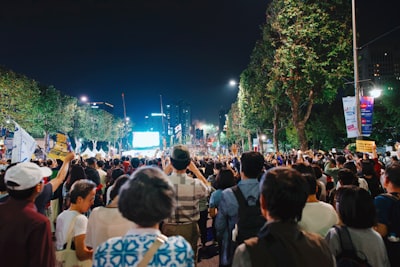Is it coincidence or destiny that some of history's most tumultuous political dramas unfold not behind palace walls or in parliamentary chambers, but in the streets, squares, and plazas where ordinary people gather? Whether in Tel Aviv, Paris, or Prague, the public arena is where personal pain collides with collective action, and where the poetry of protest is endlessly rewritten.
Consider: the French Revolution had its Place de la Concorde, the Arab Spring its Tahrir Square, and more recently, nations around the world have seen central streets transform into crucibles of grief, anger, or hope. But beyond politics, such demonstrations also unleash something deeper—rituals of belonging and resilience, where strangers become a chorus and personal tragedy is amplified, shared, and sometimes, made transformative.
What makes a street or square the magnetic heart of a nation’s discontent, or its hope? Is the urge to gather a simple act of protest, or is it also a primal human instinct—to stand tall, side by side, and demand to be seen and heard? What secrets do these public places hold for the ways we process pain, demand change, or even imagine new futures?
The next time headlines report crowds flooding the boulevards, imagine the invisible stories that dance between the feet of those who march: ancient echoes of Agora debates, whispered dreams etched onto city stones, and the stubborn, beautiful hope that a voice—joined by others—might yet shift the world.

Comments
No comments yet. Be the first to comment!